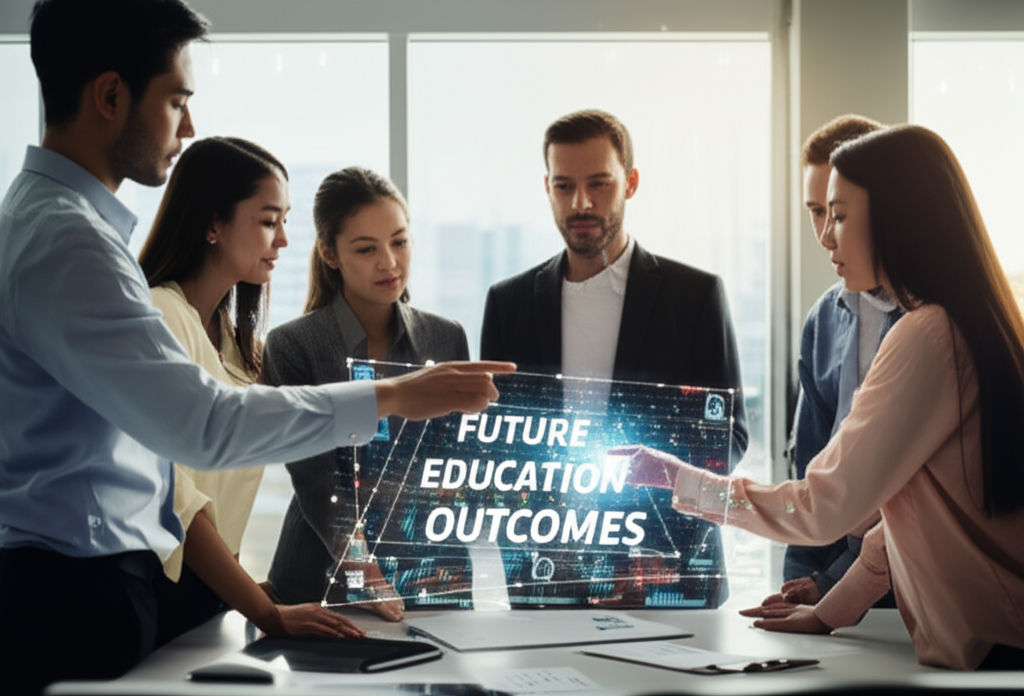Remote Learning: What We Learned, What's Next
Emily Willis

Photo: Remote Learning: What We Learned, What's Next
The world of education underwent a seismic shift in recent years, propelled by circumstances that forced us all to rethink how and where learning happens. Remote learning, once a niche concept, became a global necessity almost overnight. While the initial transition was a whirlwind of challenges and adaptations, it also became a powerful catalyst for innovation and a profound learning experience for students, educators, and parents alike. As we emerge from that intense period, it's time to reflect on what we learned and, more importantly, what's next for the future of education.
The Great Digital Leap: A Look Back at Remote Learning's Rise
Remember those early days? Classrooms emptied, and homes transformed into impromptu learning hubs. This wasn't a gradual evolution; it was a digital leap born of necessity. Many educators, accustomed to traditional classroom settings, found themselves navigating entirely new landscapes of virtual classrooms and online education platforms. Students, too, had to quickly adapt to learning from behind a screen, managing their own schedules, and engaging with peers and teachers in new ways.
The Unforeseen Shift: How We Adapted
The sudden pivot to remote learning presented unprecedented challenges. Schools grappled with providing devices and internet access to every student, while teachers scrambled to translate in-person lessons into engaging digital formats. Parents, many working from home themselves, suddenly became co-teachers and tech support. Yet, amidst the chaos, incredible resilience and innovation emerged. Teachers experimented with new digital learning tools, parents formed support networks, and students discovered new levels of independence. This period highlighted the remarkable capacity of the educational community to adapt under pressure.
Beyond the Screen: What Remote Learning Taught Us About Education
Beyond the practicalities, remote learning offered a unique lens through which to examine the very essence of education. It forced us to question what truly matters in learning, moving beyond the physical classroom to focus on connection, adaptability, and the fundamental pursuit of knowledge. It underscored the importance of digital literacy for everyone involved, from elementary school students to seasoned educators.
Key Lessons Learned from the Remote Learning Experiment
The experience of widespread remote learning, while challenging, yielded invaluable insights. These lessons are now shaping the ongoing evolution of our educational systems.
Flexibility is King: The Power of Adaptability
One of the most profound takeaways is the undeniable power of flexibility. Remote learning demonstrated that learning doesn't have to be confined to a specific time or place. Flexible learning schedules and diverse teaching methods proved beneficial for many, allowing students to learn at their own pace and educators to experiment with new pedagogical approaches. This adaptability is now a cornerstone of modern education, moving towards models that can better accommodate individual needs and diverse learning styles.
The Digital Divide: Unmasking Inequities
While remote learning opened doors for some, it starkly illuminated the "digital divide" – the gap between those with access to technology and reliable internet and those without. Many students, particularly from low-income households and marginalized communities, struggled due to a lack of devices or consistent internet connectivity. For instance, a study in 2019 found that 28% of school-aged children in the U.S. did not use the internet at school or at home, and another 22.8% used it at home but not at school. This inequitable access directly impacted their ability to participate fully in online education, leading to academic setbacks. Addressing this persistent digital divide is crucial for ensuring equitable access to quality education for all.
The Crucial Role of Connection: More Than Just Academics
Remote learning, by its very nature, often led to increased social isolation for students. Studies have shown that students experienced higher levels of stress, anxiety, and depression during remote learning compared to in-person instruction. The lack of face-to-face interaction with teachers and peers proved challenging for social-emotional development. This experience reinforced the vital importance of human connection in the learning process, highlighting that education is not just about academic content but also about fostering social skills, emotional well-being, and a sense of community.
Empowering Students: Fostering Independence and Self-Discipline
For many students, remote learning fostered a greater sense of independence and self-discipline. They had to manage their own time, take ownership of their learning, and proactively seek help when needed. This newfound autonomy, while challenging at times, can be a valuable skill for future academic and professional success. Students also experienced an improvement in their digital literacy, becoming more adept at navigating online platforms and tools.
Redefining the Educator's Role: From Instructor to Facilitator
Teachers, too, underwent a significant transformation. Their role evolved from being primarily instructors to becoming facilitators, tech navigators, and even emotional support systems. Many educators faced challenges with technology, lack of training, and insufficient tools and materials, making it difficult to adapt to virtual classrooms. They had to quickly learn new digital pedagogy techniques, manage online interactions, and find innovative ways to keep students engaged in virtual classrooms. This shift emphasized the need for ongoing professional development in educational technology and online teaching methods.
Parents as Partners: The Unexpected Collaboration
Remote learning brought parents directly into the educational process in unprecedented ways. This increased parental involvement, while sometimes overwhelming, also fostered a new level of collaboration between home and school. It highlighted the need for clear communication and strong partnerships to support student learning effectively.
What's Next? Shaping the Future of Education
The lessons learned from the remote learning era are not just historical footnotes; they are blueprints for the future of education. We are now in a unique position to intentionally shape an educational landscape that is more resilient, equitable, and engaging than ever before.
Embracing Hybrid Models: The Best of Both Worlds
One of the most prominent trends emerging is the adoption of "hybrid learning" models. This approach combines the best aspects of in-person instruction with the flexibility and accessibility of online learning. Hybrid learning offers increased social support, exposure to university culture (for higher education), and flexibility for students to manage other commitments. It can cater to diverse learning styles and improve engagement through varied methods. This model allows for personalized learning paths, where online components can adapt to individual student needs, and in-person sessions can be utilized for collaborative activities and deeper discussions.
Tech-Enhanced Classrooms: Innovations on the Horizon
Educational technology (EdTech) is no longer just a supplement; it's becoming integral to the learning experience. The future promises exciting innovations:
- AI-Driven Personalized Learning: Artificial intelligence will enable tailored learning experiences, adapting in real-time to suit individual learning styles and needs. AI mentors could guide academic learning and offer psychological support.
- Gamification and Immersive Learning: Expect more game-based elements, simulations, and virtual reality (VR) or augmented reality (AR) experiences to boost engagement and make learning more interactive. Imagine virtual field trips to historical sites or conducting complex science experiments in a simulated lab!
- Learning Analytics: Data will be used to track student progress, identify areas needing support, and allow for adaptive teaching strategies.
- Cloud Collaboration Tools: These tools will continue to tie everyone together, enabling students and faculty to share documents, chat in real-time, and collaborate on projects regardless of location.
Prioritizing Well-being: A Holistic Approach to Learning
Recognizing the mental health impact of the pandemic and remote learning, there's a growing emphasis on a holistic approach to education. This includes prioritizing student and educator well-being, providing mental health resources, and addressing issues like screen fatigue and social isolation. Creating supportive learning environments, whether online or in-person, will be paramount.
Bridging the Gap: Ensuring Equity in Digital Learning
Efforts to close the digital divide must continue. This means ensuring all students have access to reliable internet and appropriate devices, providing digital literacy training, and developing policies that support equitable access to educational technology. Government, educational institutions, and non-profit organizations play a crucial role in this endeavor.
Continuous Professional Development for Educators
As educational technology evolves, so too must the skills of educators. Ongoing professional development in digital pedagogy, online engagement strategies, and the ethical use of AI will be essential to empower teachers to thrive in these evolving learning environments.
Practical Tips for Navigating the Evolving Educational Landscape
Whether you're a student, parent, or educator, here are some actionable steps to make the most of the evolving world of learning:
For Students and Parents: Making the Most of Digital Learning
- Create a Dedicated Learning Space: Designate a quiet, organized area at home specifically for learning. This helps establish a routine and minimizes distractions.
- Master Time Management: Encourage the use of planners, calendars, or apps to keep track of assignments, deadlines, and study times. Breaking down large tasks into smaller ones can make them feel less daunting.
- Prioritize Communication: Encourage open communication with teachers about challenges or questions. For younger students, parents should facilitate this connection.
- Balance Screen Time with Offline Activities: Ensure a healthy balance between online learning and physical activity, creative play, and social interaction.
- Embrace Digital Literacy: View technology as a tool for learning. Encourage exploration of educational apps, online resources, and collaborative platforms.
For Educators: Enhancing Engagement in Hybrid Environments
- Utilize Interactive Tools: Explore and integrate a variety of interactive digital tools, such as online whiteboards, polling features, and collaborative documents, to keep students actively involved.
- Foster Community: Intentionally build a sense of community in both online and in-person settings. Use discussion forums, group projects, and regular check-ins to encourage peer interaction. Live sessions can be particularly useful for fostering connection.
- Vary Teaching Methods: Combine synchronous (real-time) and asynchronous (self-paced) learning activities to cater to diverse learning styles and schedules.
- Provide Timely and Meaningful Feedback: Offer constructive feedback regularly
Latest ✨
View AllMaster the art of handling complaints effectively. Learn the psychology, actionable steps, and how to turn feedback into opportunities for growth and stronger r...
Emily Willis
Women's participation in sport has evolved into a powerful movement that challenges societal norms, empowers individuals, and promotes inclusivity. This article explores the journey of women in sport, highlighting their achievements, the obstacles they have overcome, and the transformative impact they continue to have in the world of sport and beyond.
Emily Willis
Beyond crypto hype: Understand digital asset economics. Learn core principles like supply, demand, scarcity & utility to navigate the market wisely.
Emily Willis
Redefining success in education means moving beyond grades. Learn how future outcomes focus on adaptability, critical thinking, and skills for an unpredictable...
Emily Willis
Business
View All
June 9, 2025
Risk Management: Protect Your BusinessUnlock business resilience! Master risk management to protect assets, enhance decision-making, minimize losses, and ensure sustainable growth in an uncertain wo...
Emily Willis

June 8, 2025
Entrepreneurial Journey to SuccessDemystify the entrepreneurial journey. This guide offers actionable strategies to transform ideas into thriving businesses, navigate challenges, and achieve las...
Emily Willis

June 8, 2025
Personalization in Business MarketingUnlock business growth! Learn how personalized marketing transforms interactions, boosts engagement & loyalty by speaking directly to your customers.
Emily Willis
Economy
View AllBuild your financial future! Demystify investing with smart, accessible strategies & practical tips for everyone to grow lasting wealth.
Read MoreInfrastructure development is crucial for driving economic growth and regional integration by improving connectivity, facilitating trade, and enhancing quality of life. Investments in transportation networks and digital infrastructure support businesses in accessing larger markets and capitalizing on trade opportunities. Well-developed infrastructure simplifies trade processes and attracts industries to specific regions, promoting economic development. Access to essential services and urban infrastructure improves quality of life and fosters sustainable urbanization. Green infrastructure projects support environmental conservation and contribute to sustainable development goals. Overall, strategic investments in infrastructure are essential for building resilient, inclusive, and prosperous communities in the global economy.
Read MoreUnlock historical wisdom and ancient philosophies for preventing depression. Learn timeless strategies for resilience and emotional balance in modern life.
Read MoreEntertainment
View All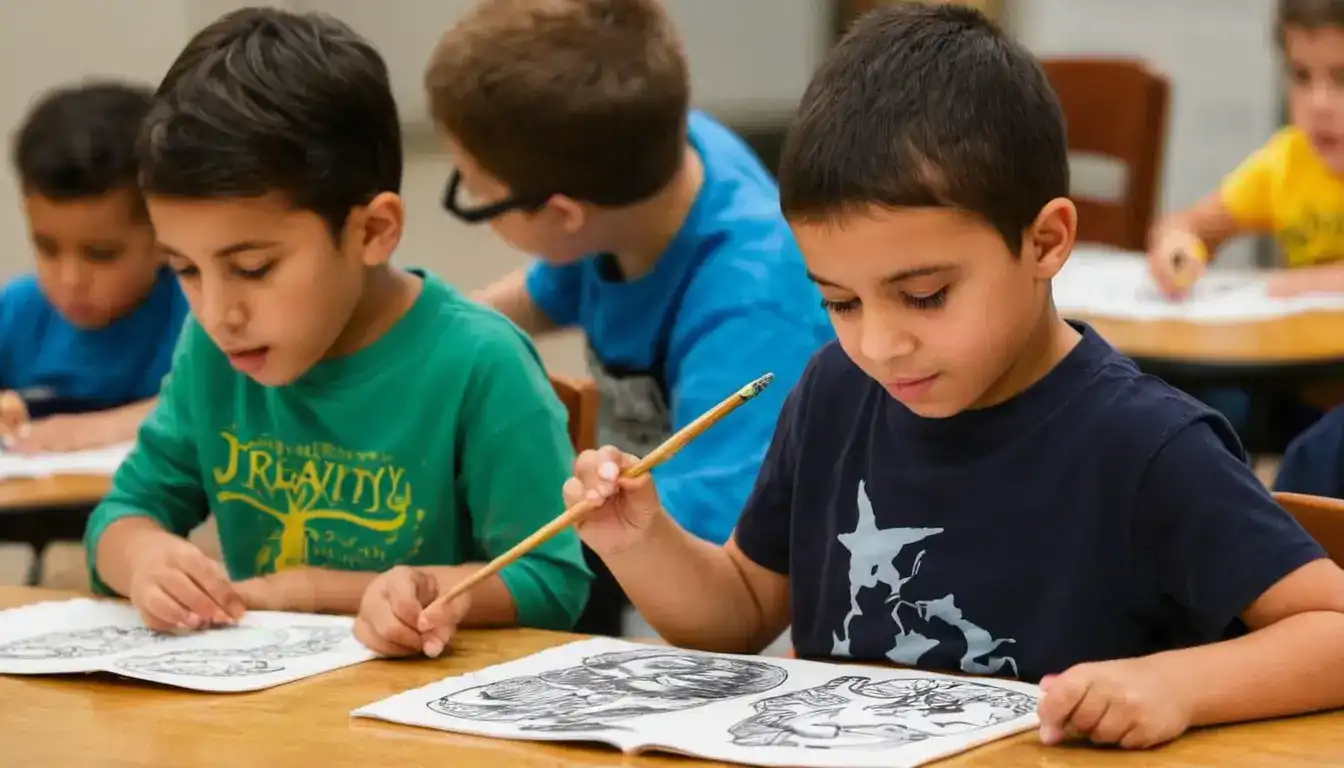
August 5, 2024
Arts Education's Importance: Nurturing Creativity and Fostering ExpressionArts education is often overlooked in a world focused on standardized tests and STEM subjects, but it plays a vital role in nurturing creativity, self-expression, and essential skills in students. Arts education allows students to unleash creativity, build confidence, improve communication and collaboration skills, develop critical thinking and problem-solving abilities, increase cultural awareness and appreciation, and enhance emotional intelligence.
Emily Willis

August 5, 2024
Music Universal Language: Connecting and Inspiring Across CulturesMusic has the power to transcend language barriers and connect people on a deep emotional level. It serves as a bridge between cultures, fostering understanding and appreciation for diversity. The universality of rhythm and melody creates a sense of unity, while the diversity of musical styles allows for exploration and creativity.
Emily Willis

August 4, 2024
The Evolution of Digital Distribution in the Music Industry: Challenges and OpportunitiesThe music industry has been transformed by digital distribution, which allows quick access to a vast catalog of music through streaming services and online stores.
Emily Willis
Health
View AllRegular physical activity is crucial for maintaining long-term health and well-being. It has numerous benefits, including improving cardiovascular health, aiding in weight management, enhancing mental health, strengthening bones, boosting immune function, and promoting longevity.
Emily Willis
our minds are often overwhelmed with information and stimuli, leading to stress and anxiety. Mindfulness and meditation offer tools to cultivate inner peace and well-being. Mindfulness involves being present in the moment without judgment, while meditation involves focusing attention on an object or thought.
Emily Willis
Maintaining good health involves a balanced diet that provides essential nutrients for the body. A balanced diet includes carbohydrates, proteins, fats, vitamins, minerals, fiber, and water. Benefits of a balanced diet include enhanced energy levels, improved mental health, a stronger immune system, better weight management, reduced risk of chronic diseases, and enhanced digestion. Components of a balanced diet include fruits and vegetables, whole grains, protein sources, dairy or dairy alternatives, and healthy fats. Tips for maintaining a balanced diet include planning meals, portion control, staying hydrated, limiting processed foods, eating mindfully, and including physical activity.
Emily Willis
Trending 🔥
View All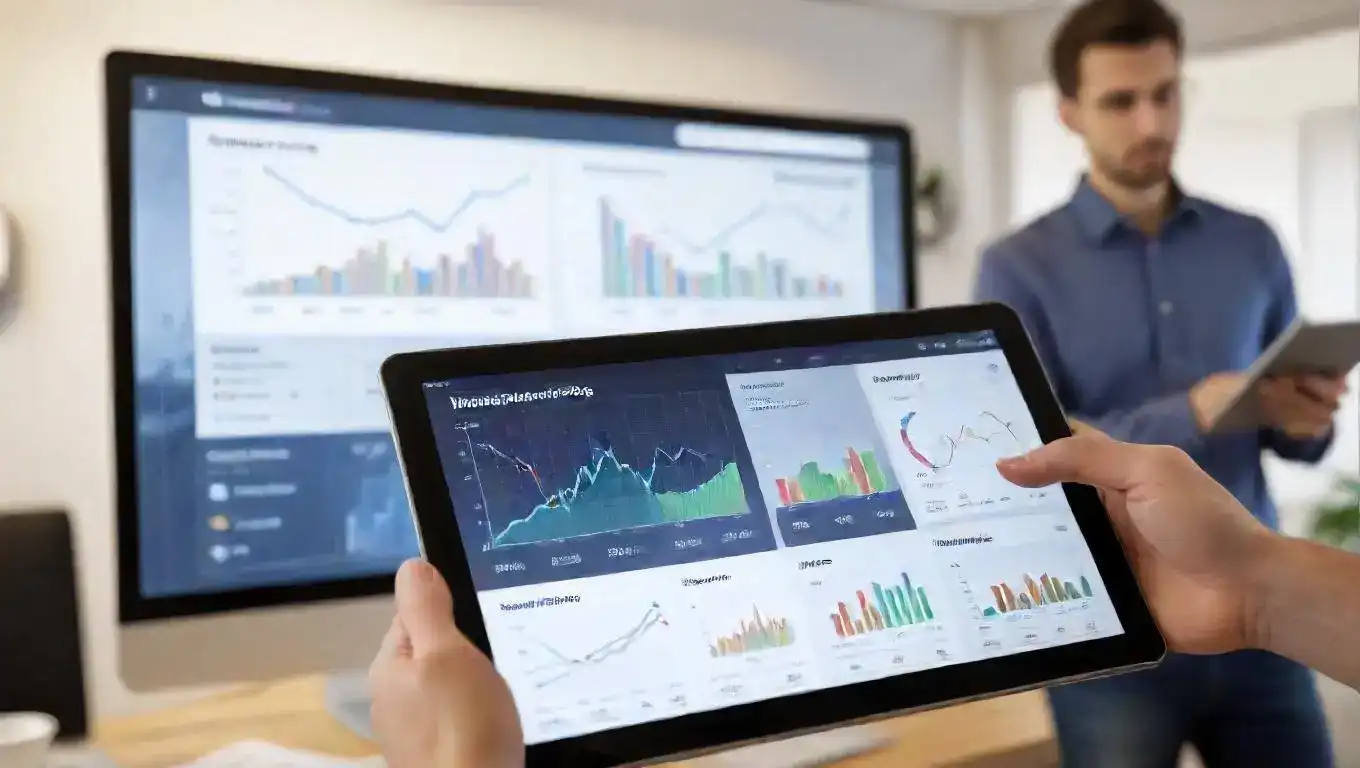
1
3
4
5
7
8
9
10
Sports
View AllAugust 4, 2024
The Importance of Mental Training and Psychological Strategies in Helping Athletes Reach Their Peak Performance on the Field
Read MoreAugust 5, 2024
The Future of Sports: Anticipating Trends, Embracing Innovation, Shaping a New Era
Read MoreAugust 4, 2024
Sports Technology Innovation: Revolutionizing Training and Performance Analysis
Read MoreTechnology
View All
August 4, 2024
Exploring the Potential of Quantum Computing in Modern Technology
Quantum computing is a revolutionary technology that uses quantum bits, or qubits, to process information. It has the potential to solve complex problems, revolutionize cryptography, accelerate drug discovery, optimize complex systems, and enhance artificial intelligence.
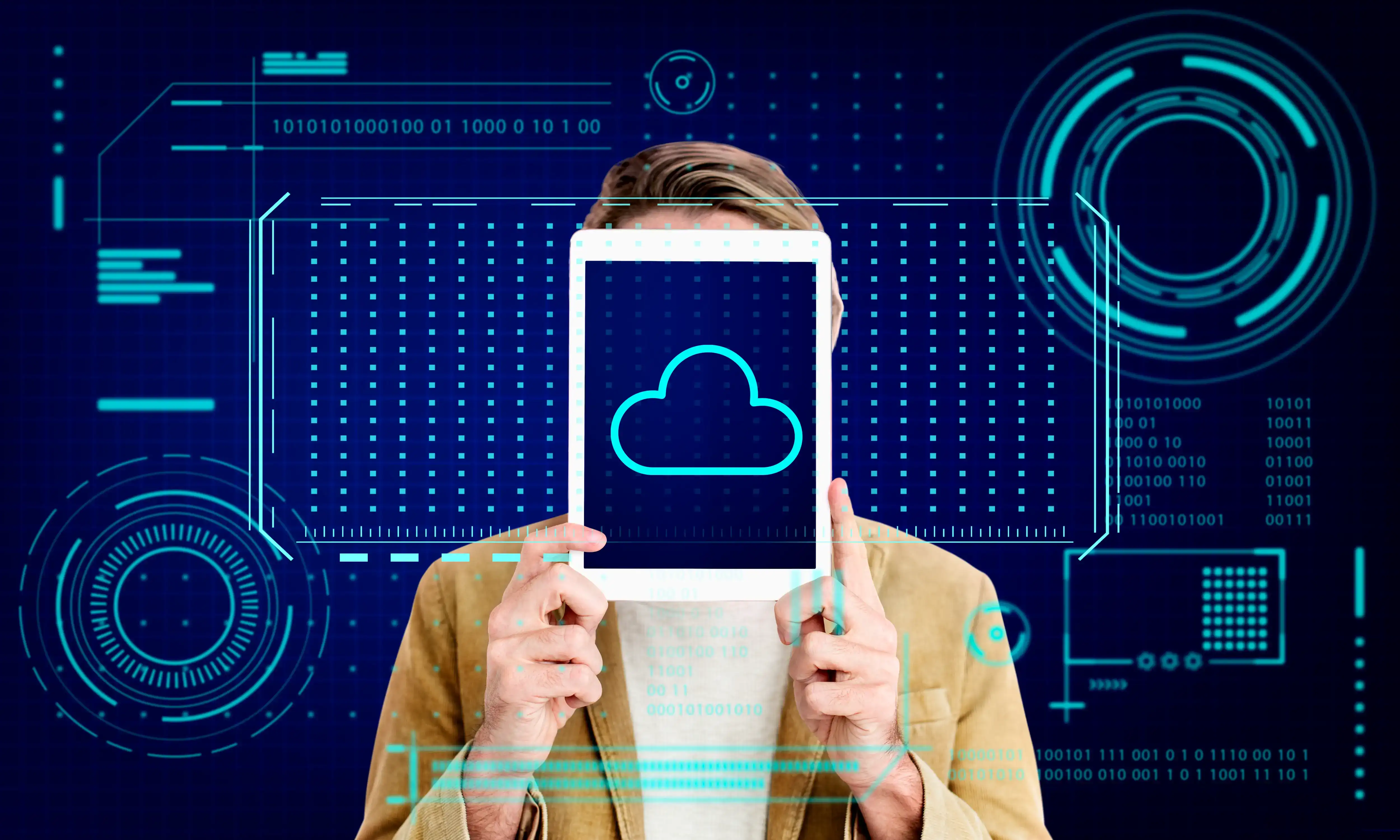
August 5, 2024
Tips for Implementing Cloud Computing Safely and Efficiently
Cloud computing is essential for modern businesses, offering cost savings, scalability, and improved collaboration. Implementing cloud computing requires careful planning to ensure safety and efficiency. Tips for safe and efficient implementation include conducting a needs assessment, choosing the right cloud service model, prioritizing security, planning for data migration, optimizing costs, training your team, implementing backup and recovery solutions, monitoring performance, planning for scalability, and staying updated with industry trends.

August 5, 2024
Oculus Quest 2 vs HTC Vive Pro – Which Should You Choose?
Oculus Quest 2 vs HTC Vive Pro – which VR headset reigns supreme? Dive into this ultimate showdown to discover the strengths and weaknesses of each, and decide which one is worth your investment. From specs and comfort to content and price, we'll help you make an informed choice.
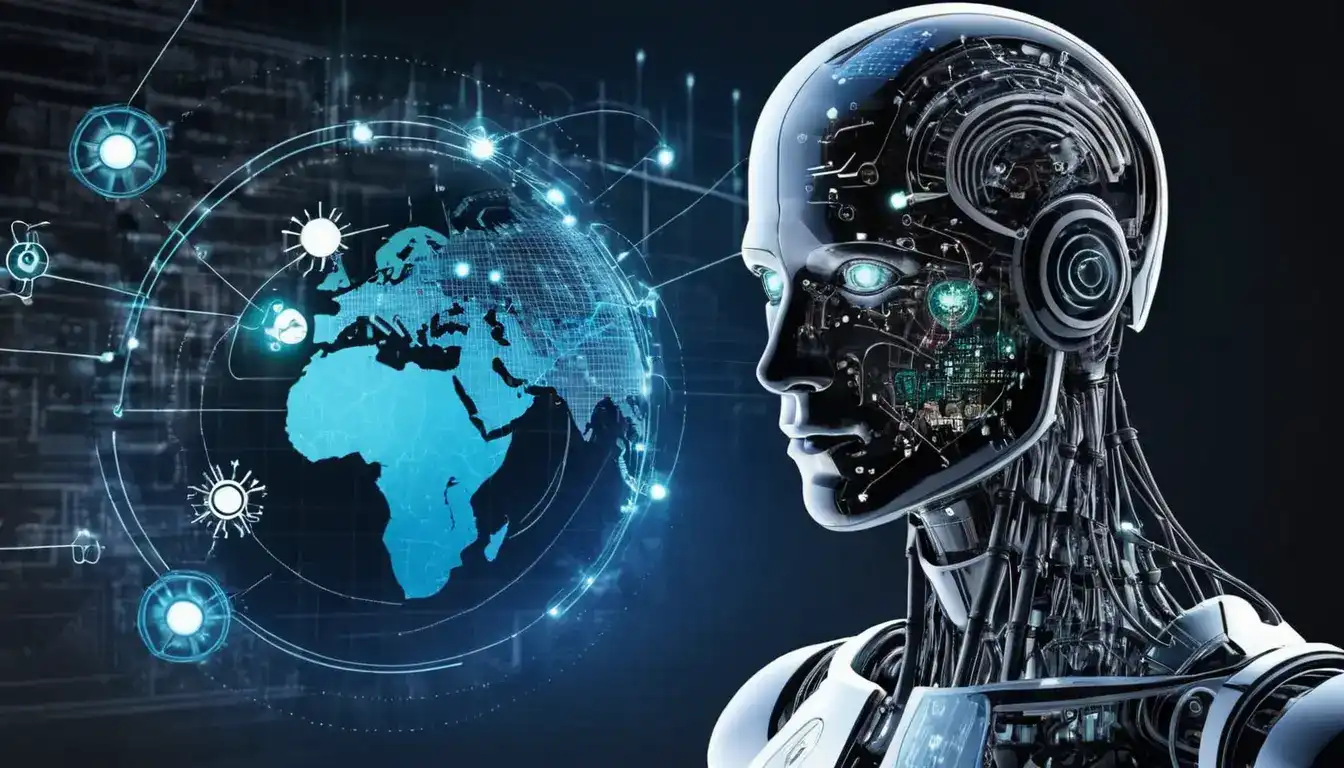
August 5, 2024
AI Applications that are Changing the World Around Us
Artificial Intelligence (AI) is no longer a concept from science fiction, but a reality that is reshaping the world around us. From virtual assistants to self-driving cars, AI is making significant impacts in various industries such as healthcare, education, transportation, and agriculture. AI is also being used to address environmental challenges and enhance customer experiences.



